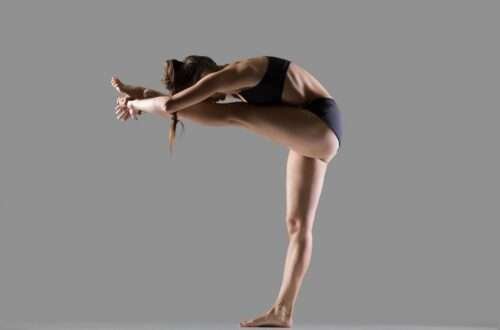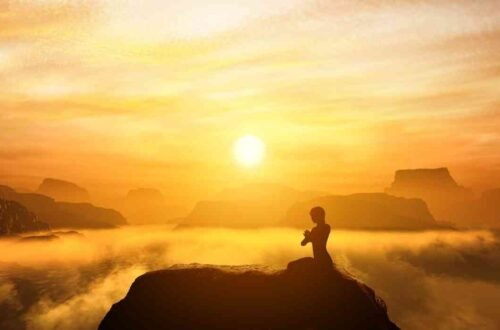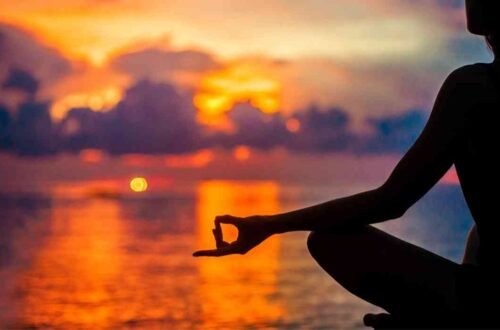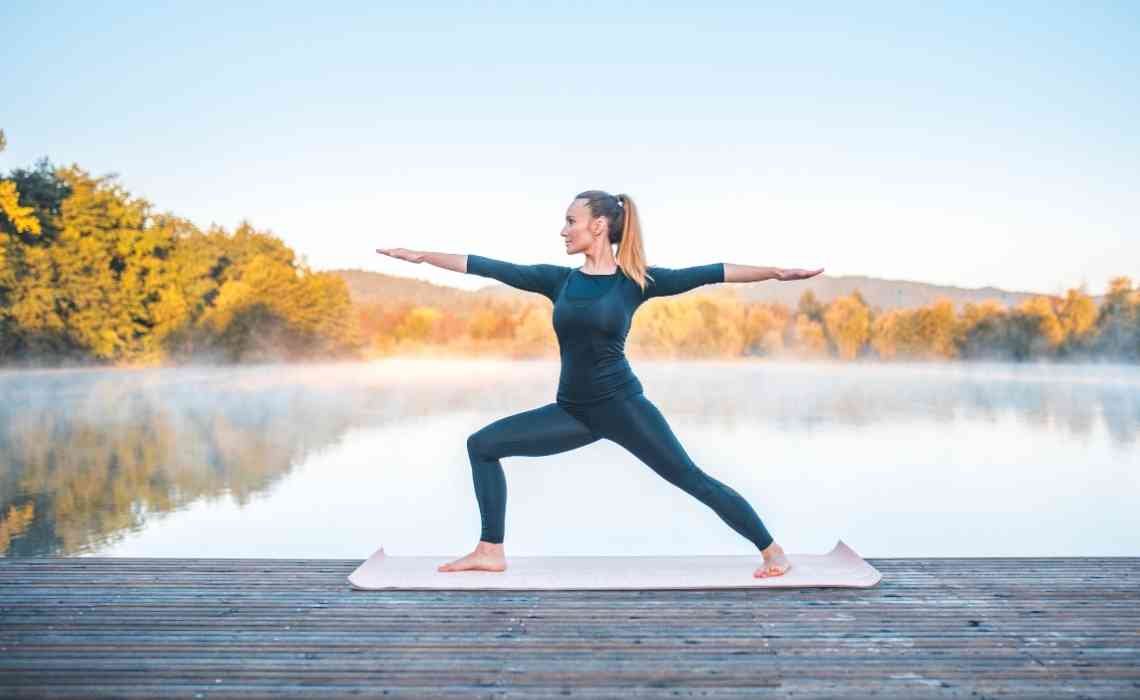
What are the 84 Yoga Poses Names and Benefits?
Yoga is one of the oldest ways to keep your body strong and your mind peaceful. Many people have heard about yoga poses, but not everyone knows that there are actually 84 traditional yoga poses. These poses are called “Asanas” in Sanskrit, which simply means a comfortable and steady sitting position. Over time, these poses have expanded to include many different ways to stretch, bend, and balance. Each pose helps the body and mind in its own special way.
In this blog post, we will explore what the 84 yoga poses are, their names, and their benefits. We will keep everything very simple, so even a 10-year-old can understand.
Why 84 Poses?
In ancient yoga traditions, the number 84 is very important. It is believed that doing these 84 poses regularly can lead a person toward a healthier, happier life. Some teachers say these poses represent a complete connection between body, mind, and soul. Although there are thousands of yoga poses today, the original 84 hold a special place because they cover almost every movement the body can make.
Understanding Some Basic Yoga Terms
Before we dive into the names and benefits, let’s first understand a few simple terms:
- Asana: This is the Sanskrit word for “pose” or “posture.”
- Pranayama: This is the practice of breathing exercises to control your energy.
- Sanskrit: This is an ancient Indian language in which many yoga names are given.
Now, let us explore the 84 yoga poses!
List of 84 Yoga Poses
Here are the names of many important poses among the 84, along with their benefits for some of them explained in simple words:
- Padmasana – Lotus Pose
- Siddhasana – Accomplished Pose
- Sukhasana – Easy Pose
- Vajrasana – Thunderbolt Pose
- Bhadrasana – Gracious Pose
- Muktasana – Liberation Pose
- Svastikasana – Auspicious Pose
- Simhasana – Lion Pose
- Mandukasana – Frog Pose
- Gomukhasana – Cow Face Pose
- Ardha Matsyendrasana – Half Lord of the Fishes Pose
- Tadasana – Mountain Pose
- Vrikshasana – Tree Pose
- Utkatasana – Chair Pose
- Trikonasana – Triangle Pose
- Parivrtta Trikonasana – Revolved Triangle
- Virabhadrasana I – Warrior I
- Virabhadrasana II – Warrior II
- Virabhadrasana III – Warrior III
- Parsvakonasana – Side Angle Pose
- Parivrtta Parsvakonasana – Revolved Side Angle
- Ardha Chandrasana – Half Moon Pose
- Parighasana – Gate Pose
- Garudasana – Eagle Pose
- Natarajasana – Dancer’s Pose
- Utthita Hasta Padangusthasana – Extended Hand to Big Toe
- Paschimottanasana – Seated Forward Bend
- Janu Sirsasana – Head-to-Knee Forward Bend
- Uttanasana – Standing Forward Bend
- Padangusthasana – Big Toe Pose
- Ardha Uttanasana – Half Forward Bend
- Prasarita Padottanasana – Wide-Legged Forward Bend
- Trianga Mukhaikapada Paschimottanasana – Three-Limbed Forward Bend
- Upavistha Konasana – Wide-Angle Seated Forward Bend
- Bhujangasana – Cobra Pose
- Salabhasana – Locust Pose
- Dhanurasana – Bow Pose
- Ustrasana – Camel Pose
- Matsyasana – Fish Pose
- Setu Bandhasana – Bridge Pose
- Chakrasana – Wheel Pose
- Eka Pada Rajakapotasana – One-Legged King Pigeon
- Anjaneyasana – Low Lunge Pose
- Ardha Bhekasana – Half Frog Pose
- Marichyasana – Sage Marichi’s Pose
- Bharadvajasana – Sage Bharadvaja’s Pose
- Parivrtta Janu Sirsasana – Revolved Head-to-Knee
- Ardha Matsyendrasana II – Full Half Spinal Twist
- Sirsasana – Headstand
- Sarvangasana – Shoulderstand
- Halasana – Plow Pose
- Karnapidasana – Ear Pressure Pose
- Viparita Karani – Legs-Up-the-Wall
- Adho Mukha Vrksasana – Handstand
- Pincha Mayurasana – Forearm Stand
- Bakasana – Crow Pose
- Kakasana – Crane Pose
- Mayurasana – Peacock Pose
- Tittibhasana – Firefly Pose
- Koundinyasana – Sage Koundinya Pose
- Astavakrasana – Eight Angle Pose
- Bhujapidasana – Shoulder-Pressing Pose
- Eka Pada Koundinyasana I
- Eka Pada Koundinyasana II
- Malasana – Garland Pose
- Agnistambhasana – Fire Log Pose
- Rajakapotasana – King Pigeon Pose
- Baddha Konasana – Bound Angle Pose
- Supta Baddha Konasana – Reclined Bound Angle
- Hanumanasana – Monkey Pose (Front Splits)
- Navasana – Boat Pose
- Ardha Navasana – Half Boat
- Utkata Konasana – Goddess Pose
- Chaturanga Dandasana – Four-Limbed Staff
- Savasana – Corpse Pose
- Supta Padangusthasana – Reclining Hand-to-Big-Toe
- Supta Virasana – Reclining Hero Pose
- Supta Matsyendrasana – Supine Twist
- Adho Mukha Svanasana – Downward-Facing Dog
- Urdhva Mukha Svanasana – Upward-Facing Dog
- Plank Pose
- Dandasana – Staff Pose
- Parvatasana – Mountain in Seated Pose
- Balasana – Child’s Pose
Their Benefits
Tadasana (Mountain Pose) This pose looks like you are standing tall like a mountain. It improves posture, strengthens your legs, and helps you feel balanced and focused. It teaches you to stand firm and steady.
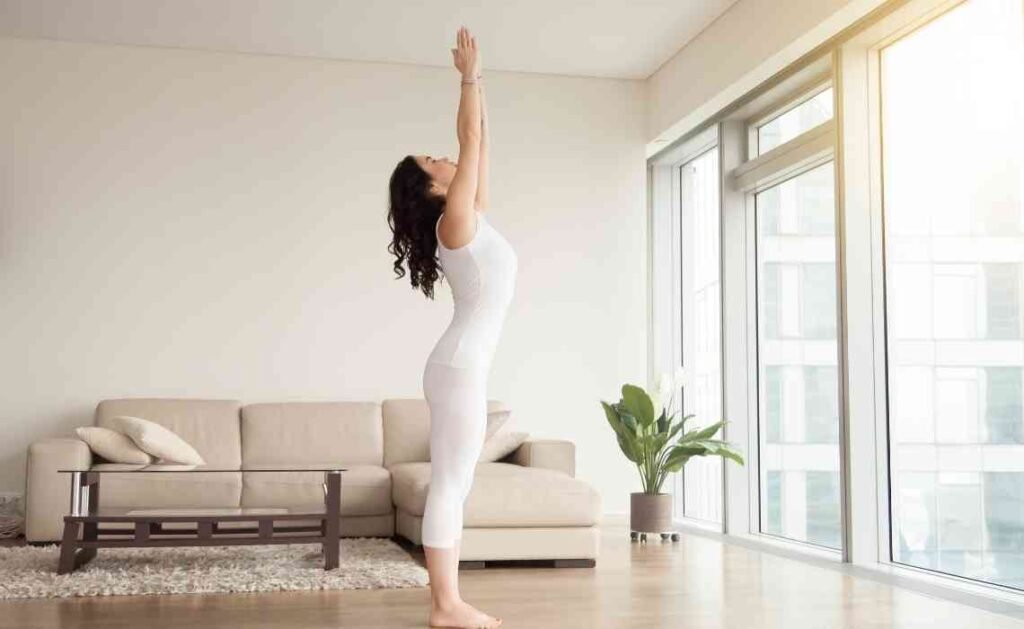
Vrikshasana (Tree Pose) Tree Pose helps improve balance and concentration. By standing on one foot, it strengthens your legs and core muscles. It also makes you feel calm and patient.
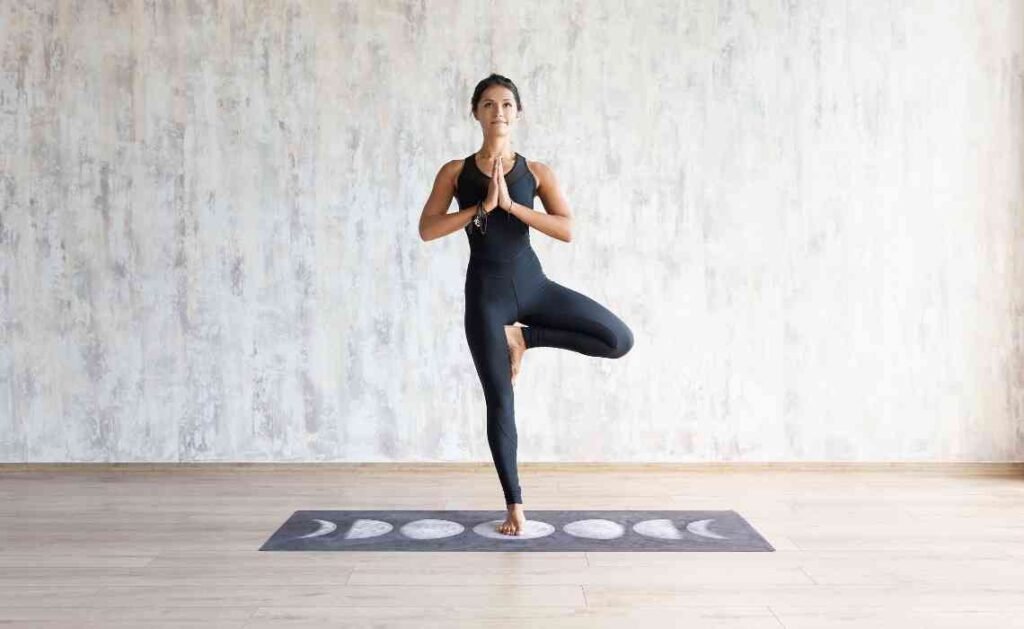
Adho Mukha Svanasana (Downward Facing Dog) This pose looks like a dog stretching. It strengthens your arms, legs, and back. It also refreshes your mind by increasing blood flow to the head.
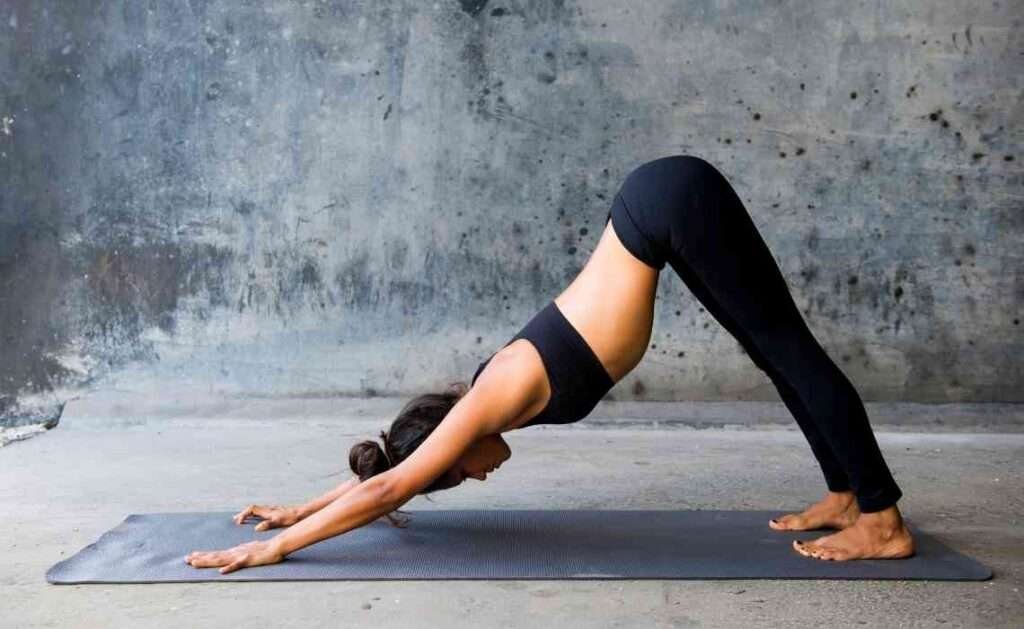
Bhujangasana (Cobra Pose) In Cobra Pose, you lift your chest like a snake. It strengthens your back and opens up your lungs and heart. It is great for people who sit a lot during the day.
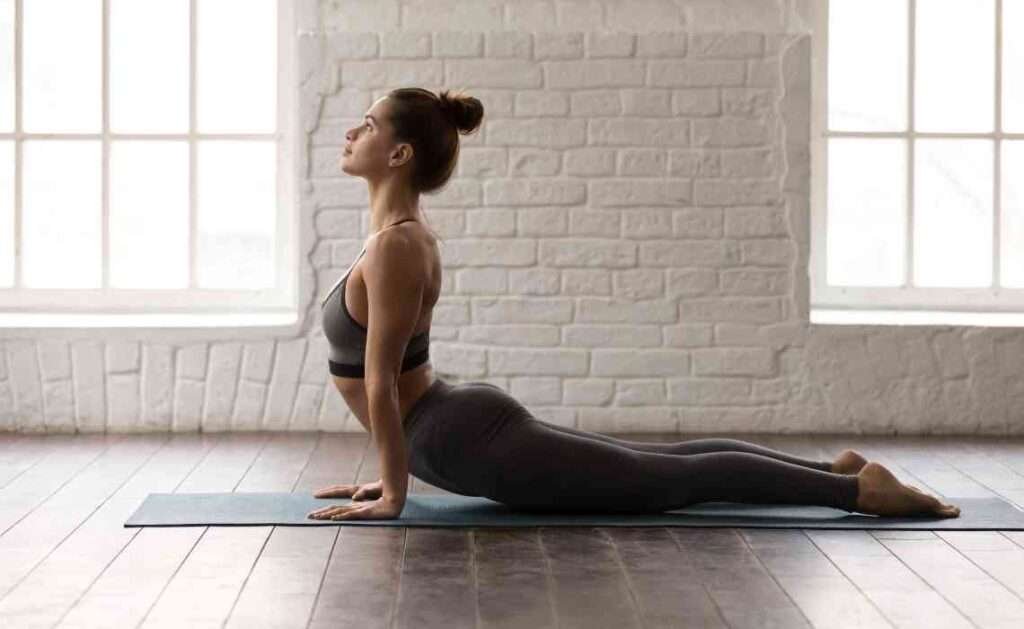
Trikonasana (Triangle Pose) Triangle Pose stretches your sides and legs. It helps you improve balance, digestion, and flexibility. It is great for building strong legs and steady breathing.
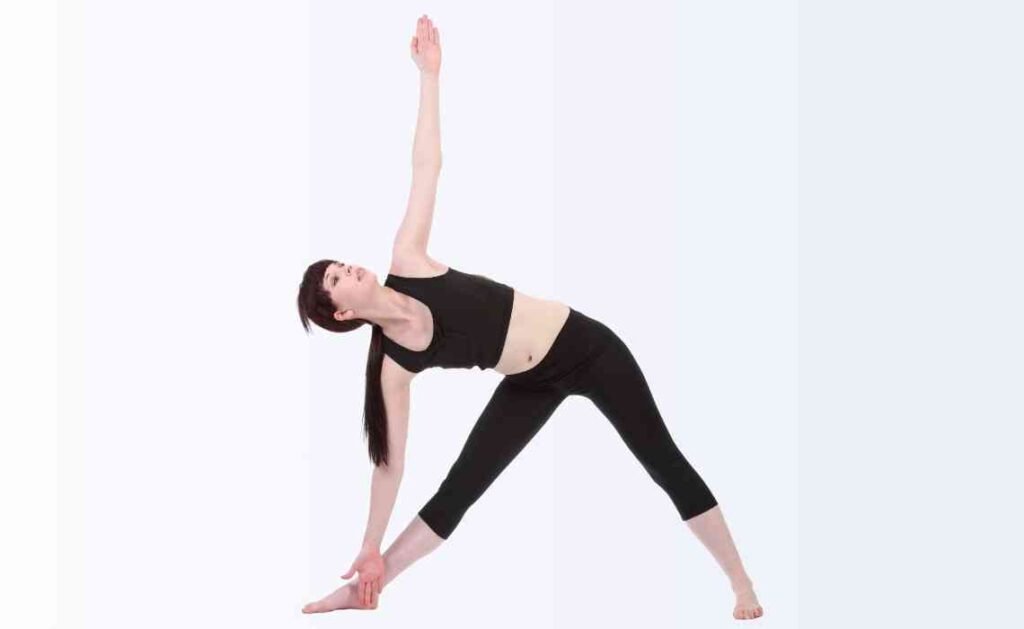
Setu Bandhasana (Bridge Pose) This pose looks like a small bridge. It strengthens the back, opens the chest, and relaxes the brain. It is often used to relieve stress and mild depression.
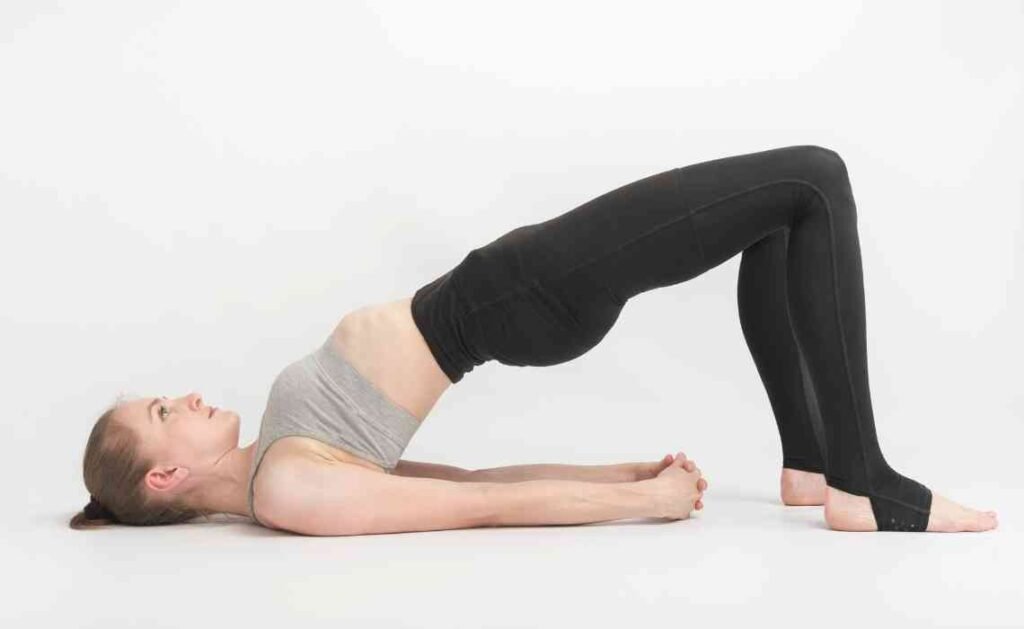
Paschimottanasana (Seated Forward Bend) Seated Forward Bend stretches the back, legs, and arms. It helps calm the mind and improves digestion. It also makes the spine more flexible over time.

Dhanurasana (Bow Pose) Bow Pose looks like an archer’s bow. It stretches the whole front of the body and strengthens the back. It also improves digestion and helps in relieving stress.
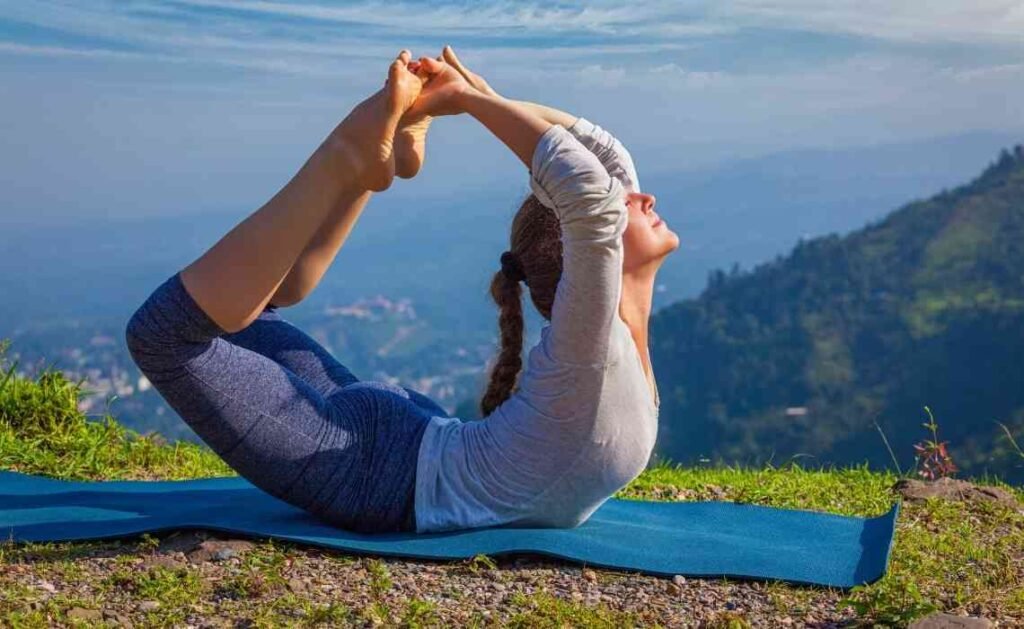
Halasana (Plow Pose) In Plow Pose, you bend your body backward over your head. It improves flexibility, calms the nervous system, and boosts your immune power.
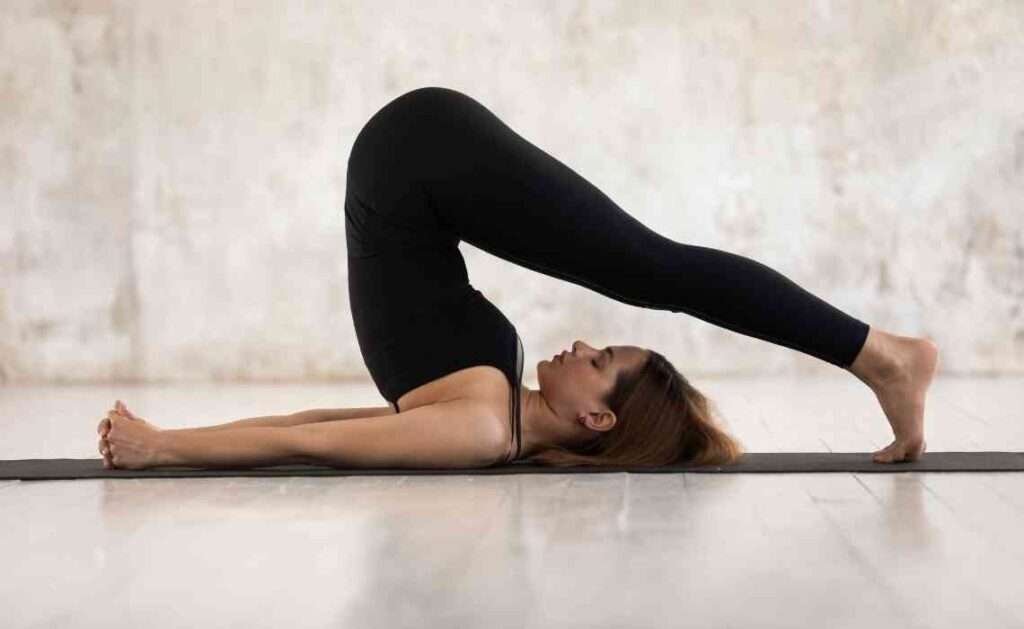
Sarvangasana (Shoulder Stand) Known as the “queen of poses,” Shoulder Stand benefits the whole body. It boosts blood flow, strengthens the shoulders, and relaxes the mind.
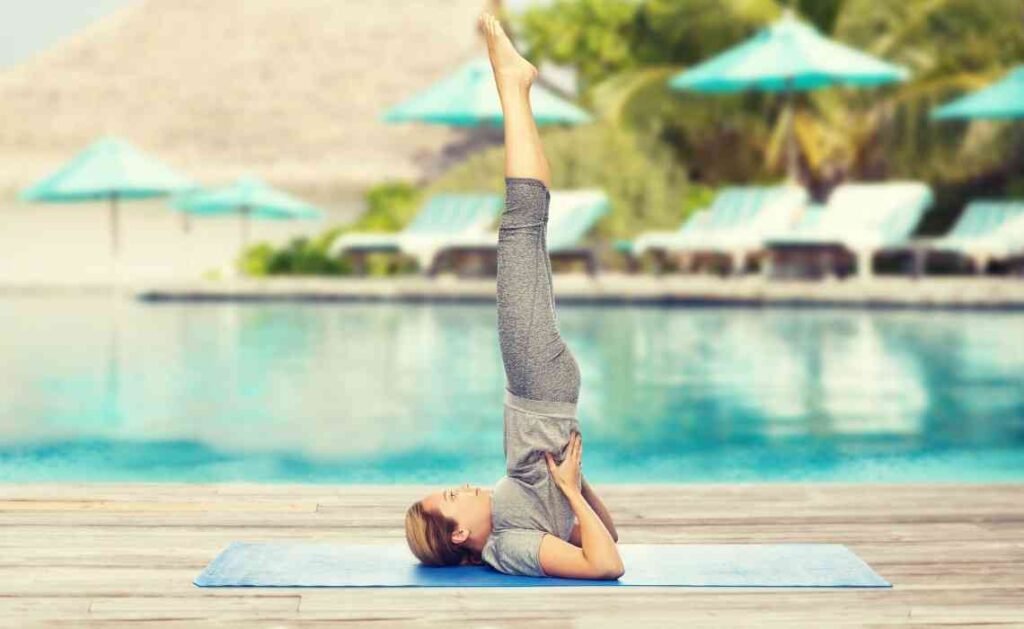
Matsyasana (Fish Pose) Fish Pose stretches the chest and neck. It also helps people with breathing problems by opening the lungs. It is great after long hours of working at a desk.
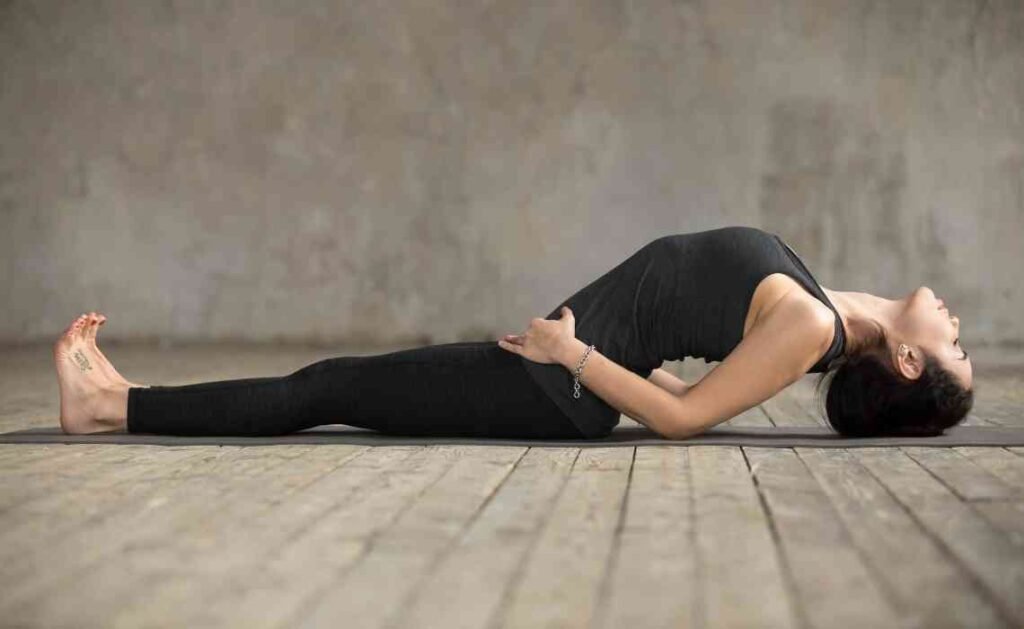
Padmasana (Lotus Pose) Lotus Pose is a famous sitting pose for meditation. It calms the mind, strengthens the spine, and improves breathing focus.
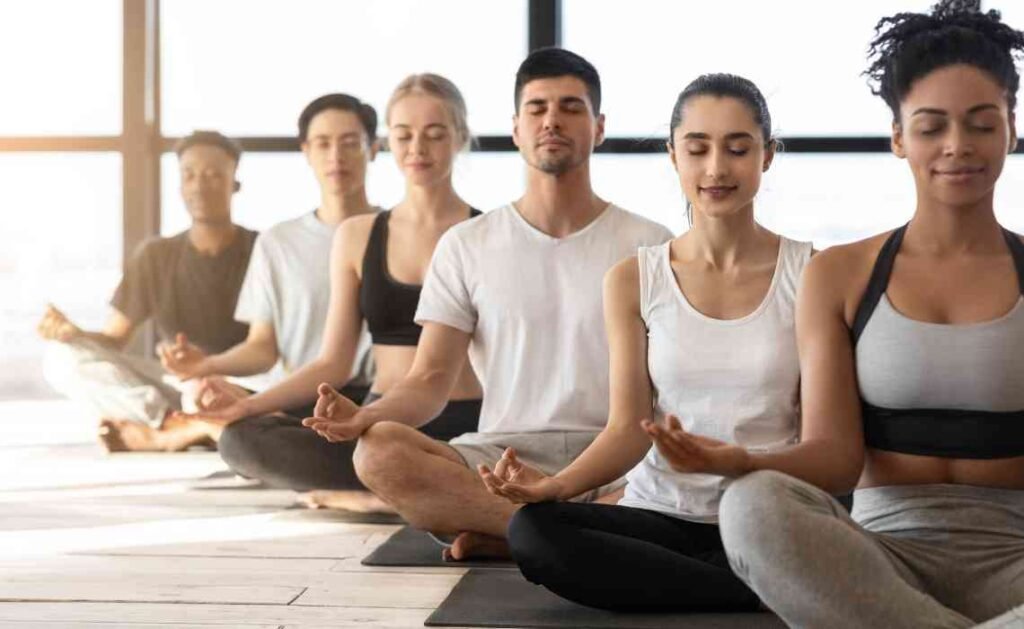
Garudasana (Eagle Pose) This pose strengthens legs and improves balance and focus. It also stretches the shoulders, which can help release tightness from stress.
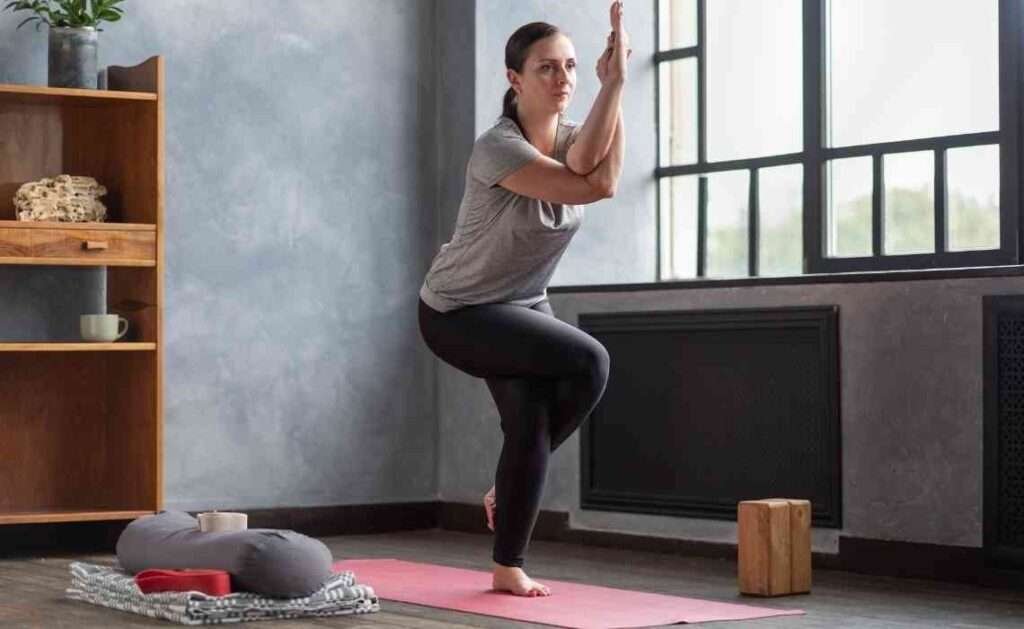
Natarajasana (Dancer’s Pose) Dancer’s Pose is beautiful and strong at the same time. It improves flexibility, balance, and strength in the legs and back.
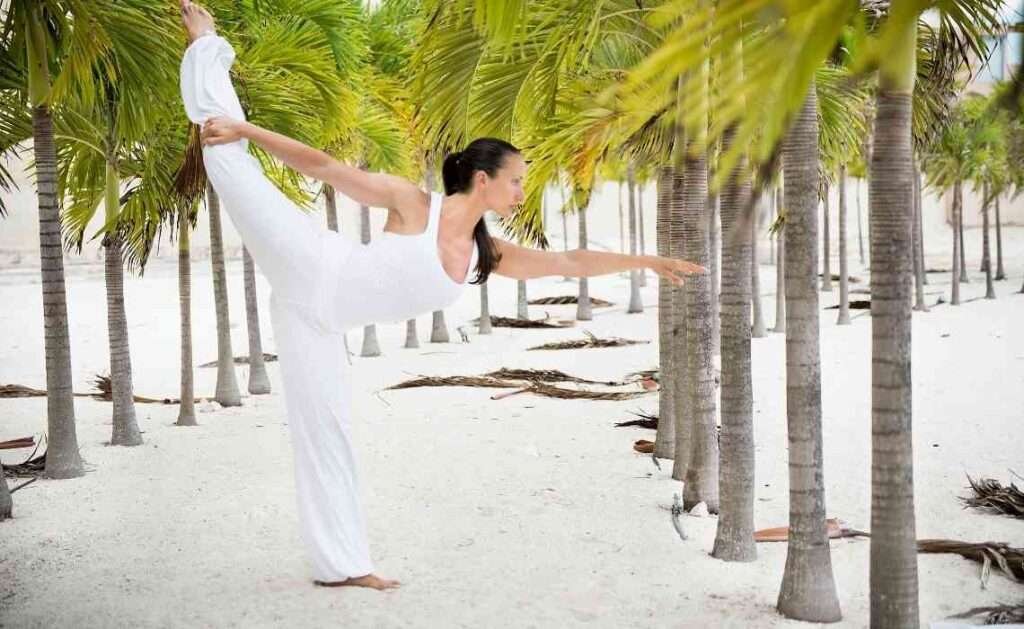
Utkatasana (Chair Pose) In Chair Pose, you act like you are sitting on an invisible chair. It strengthens your legs, core, and back. It also helps build stamina and endurance.

Bakasana (Crow Pose) Crow Pose is a fun arm balance pose. It strengthens your arms, wrists, and core muscles. It also builds confidence and focus.
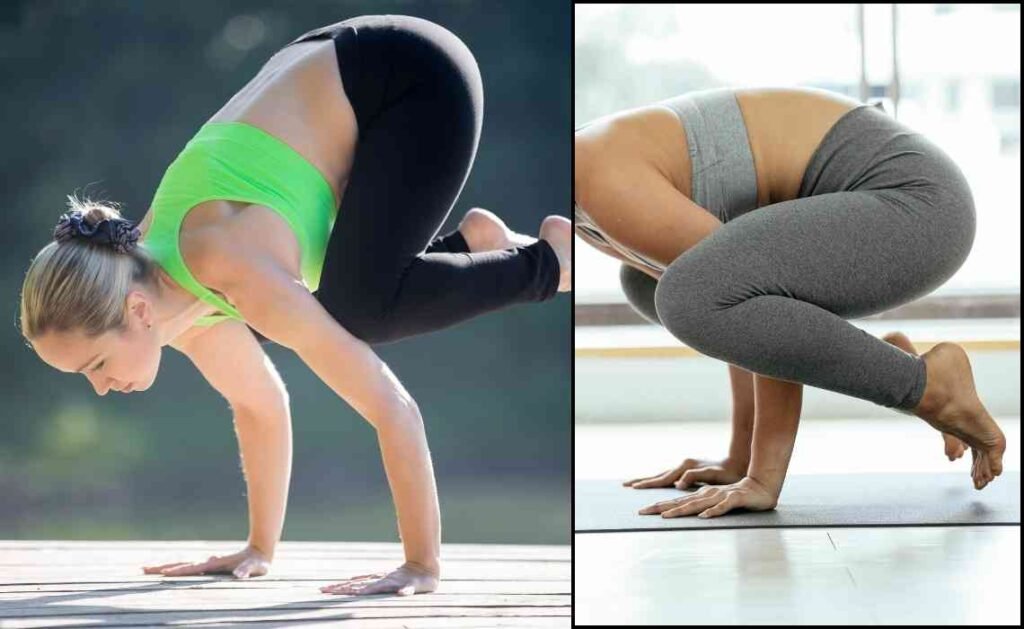
Ustrasana (Camel Pose) Camel Pose stretches the front of your body deeply. It is great for improving posture and opening your heart center. It also boosts energy levels.
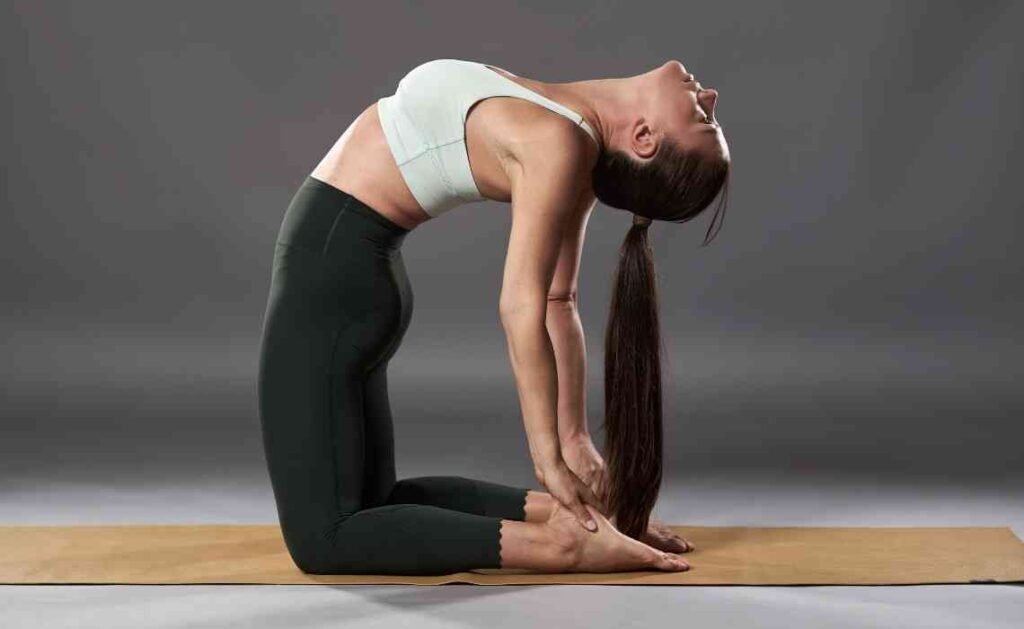
Marjaryasana (Cat Pose) Cat Pose helps make your spine flexible. It relieves stress from the neck and back. It is often paired with Cow Pose for a soothing flow.
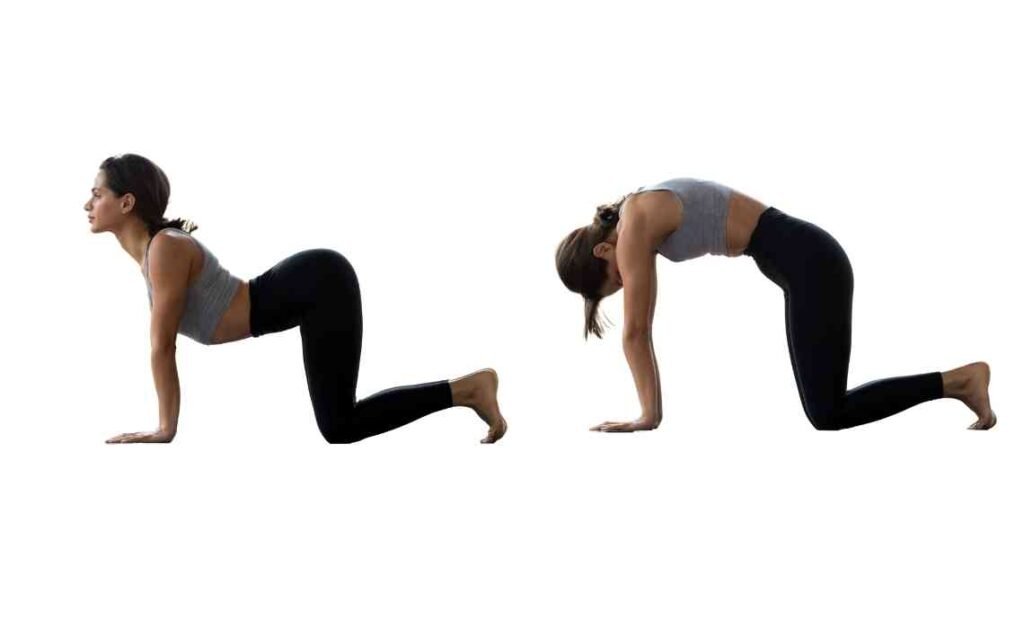
Bitilasana (Cow Pose) Cow Pose complements Cat Pose. It warms up the spine, strengthens the arms, and improves breathing. It helps reduce tension in the lower back.
Ananda Balasana (Happy Baby Pose) This pose makes you feel like a happy baby. It gently stretches your hips and lower back. It brings a sense of joy and relaxation.
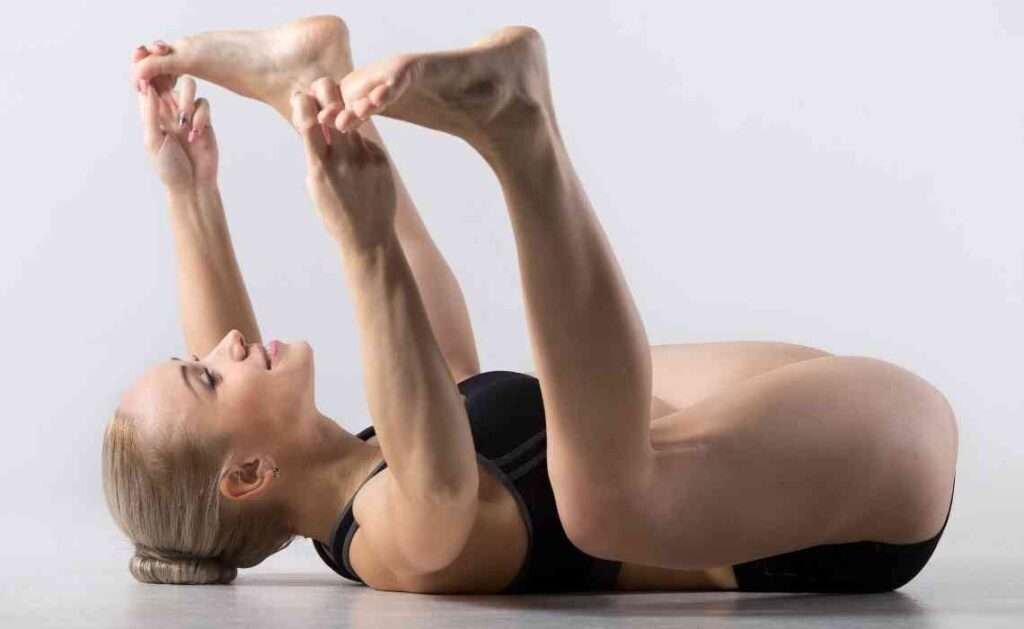
… (and so on for the remaining poses)
Why Learning These Poses Matters
Learning the 84 poses is like giving your body a full workout and your mind a full reset. Each pose targets different muscles and organs. It helps you become stronger, more flexible, and more peaceful inside.
Yoga also teaches important life lessons like patience, focus, and self-love. When you practice regularly, you start feeling healthier and happier without even realizing it. It also helps you handle stress and challenges much better.
Tips for Practicing Yoga Safely
- Always warm up your body before starting.
- Listen to your body and do not push into pain.
- Start slowly with simple poses and build your strength and flexibility over time.
- Practice in a quiet, clean place where you feel safe.
- Wear comfortable clothes and breathe deeply during every pose.
If you are a beginner, it is a good idea to learn from a teacher at first. They can help you with the correct alignment and make sure you are safe.
The 84 yoga poses offer a complete system for keeping your body and mind healthy. You do not have to learn all of them at once. Start with a few, understand their benefits, and practice regularly.
With time, you will find yourself becoming stronger, more flexible, and more peaceful. It is not just about touching your toes or doing fancy poses. It is about creating a healthy and joyful life.
Whether you are 10 years old or 100 years old, yoga welcomes everyone. So why not start today? Roll out your mat, take a deep breath, and take your first step toward a happier you.



